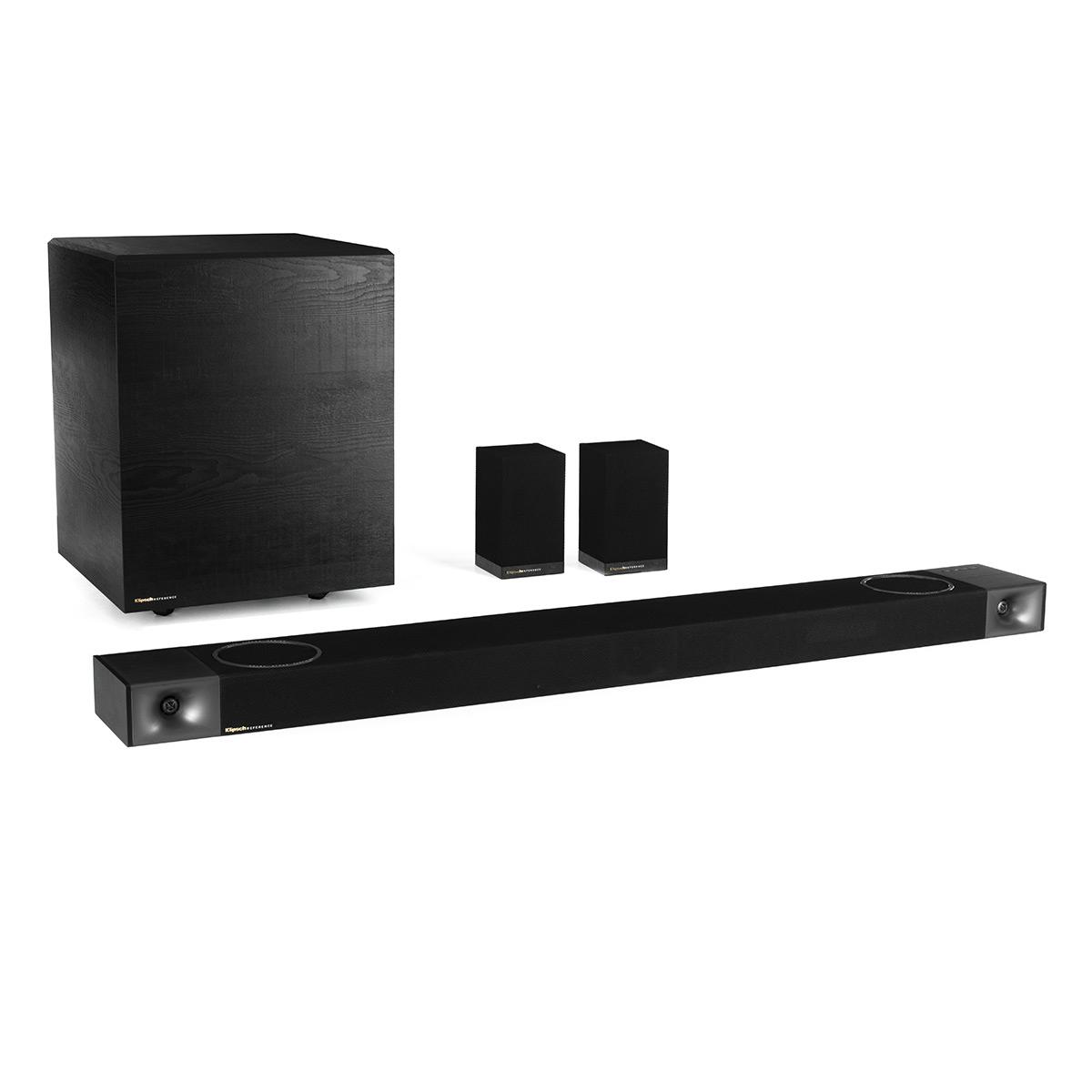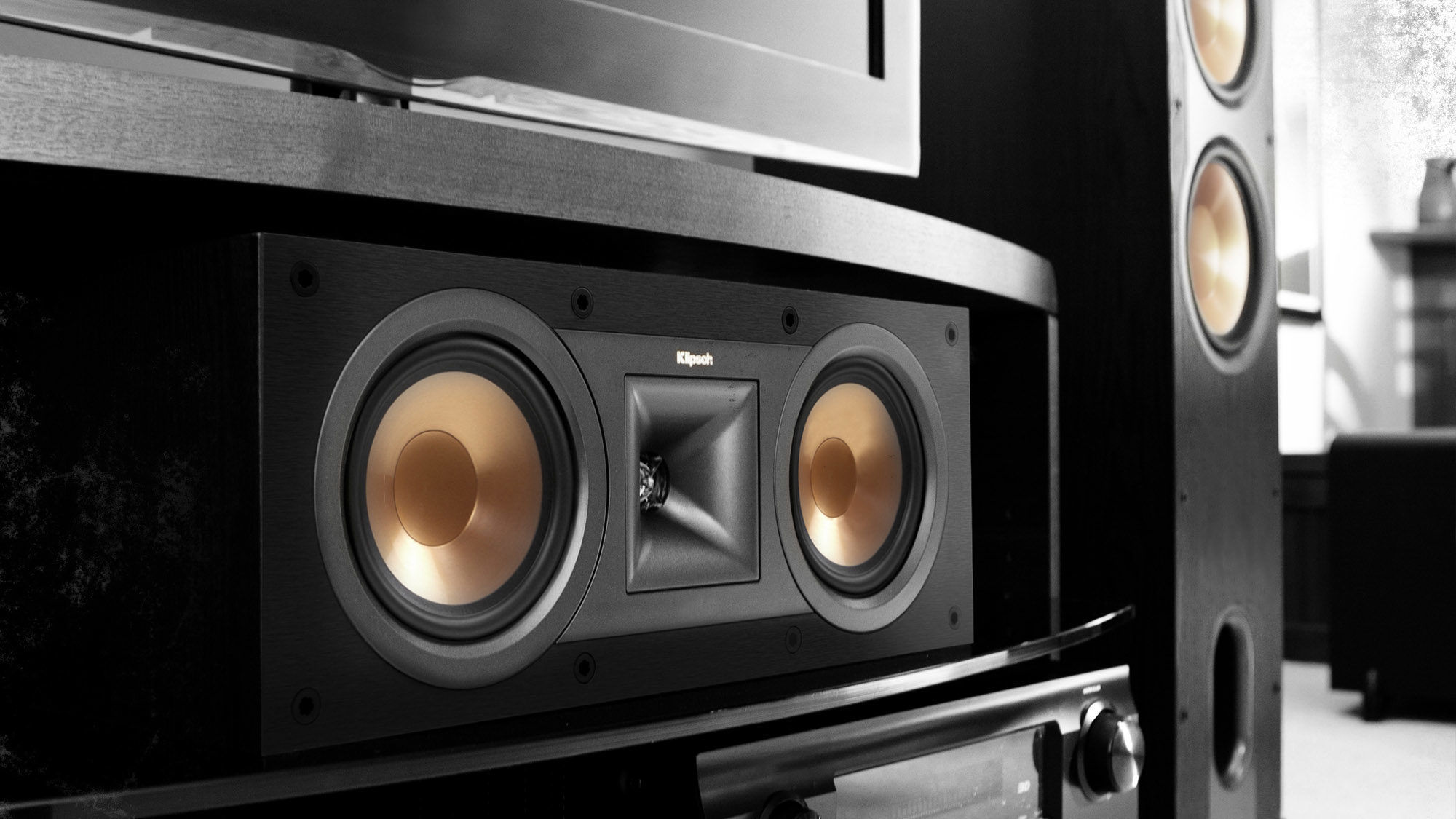
You can use them for whatever setup you have now, and in the future if you're looking at a TV with HDMI 2.1 and a games console, you won't find that your soundbar is suddenly an impediment.

If that sounds like an awful lot to think about, look at it this way: these seem to be the most future-proof soundbars on the planet right now. The only wrinkle here is that to make the most of all this, the HDMI 2.1 port you connect the soundbar to must also work as an HDMI ARC or eARC port, since otherwise the soundbar can't do its job of receiving sound from the TV. This presents two problems: 1) if that port is also the eARC port for sending hi-res audio to a soundbar, then you effectively lose the use of it for your PS5, because it's going to a soundbar instead and 2) if you want to get both next-gen consoles, then only one can be connected to the port that actually enables the console to run at its best. However, some TVs only include a single port with HDMI 2.1 support – this is even true in 2021, as you'll see in our recent Samsung QN85A review. The Xbox also supports Variable Refresh Rate (and Sony says the PS5 will one day), which makes games appear to run more smoothly – another HDMI 2.1 feature.
Klipsch soundbar series#
The PS5 and Xbox Series X both support playing games at 120fps, and the best gaming TVs also feature HDMI 2.1 ports, so that you can actually see the higher frame rate on the screen. HDMI 2.1 is the newest version of the HDMI standard, and it offers much more connection bandwidth, which makes it capable of carrying not only 8K video, but also 4K video at 120 frames per second instead of the 60 frames per second that HDMI 2.0 provides.


If you're not sure what the hell I'm talking about then… well, fair enough, it's a lot of random words and numbers. (Image credit: Klipsch) Why HDMI 2.1 matters


 0 kommentar(er)
0 kommentar(er)
